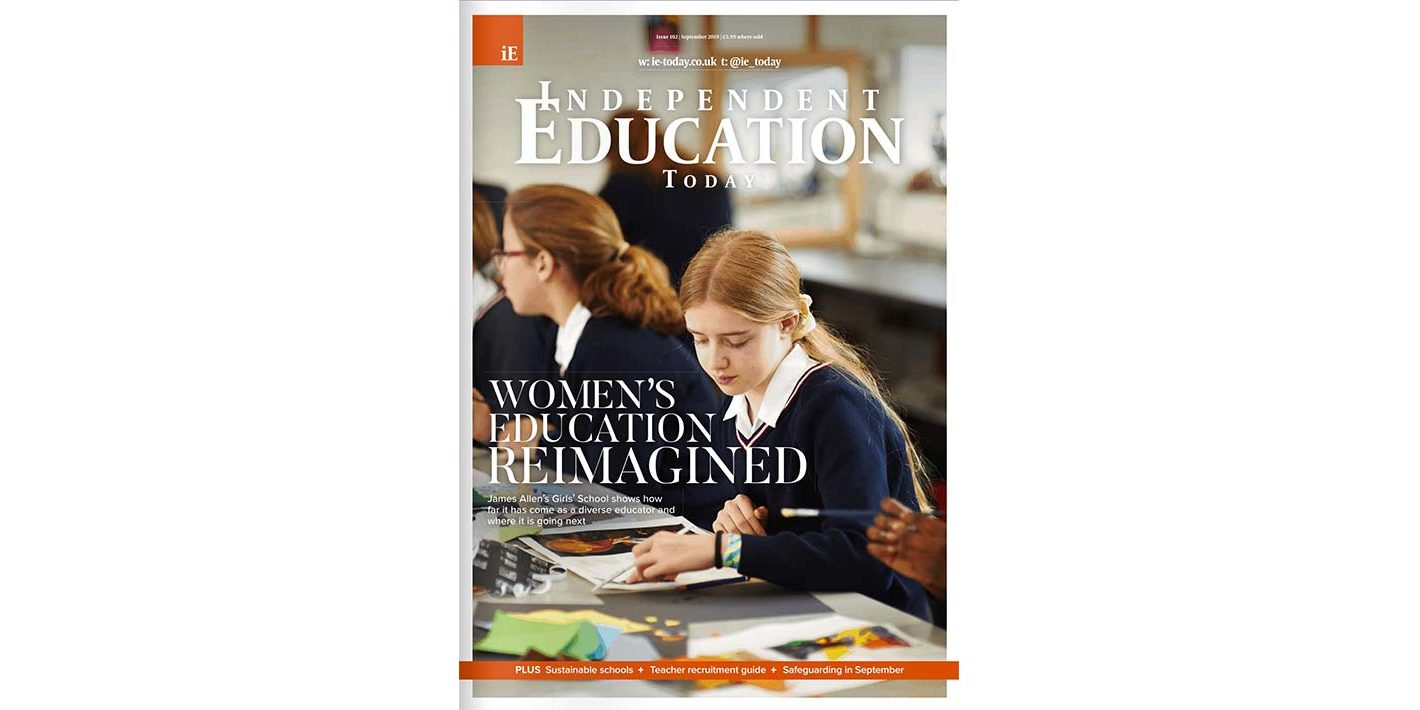Mental health problems – stress, anxiety, panic attacks, depression and eating disorders – amongst young people are on the rise. As a result, educationalists are searching for new ways of helping young people under pressure. A new route being explored more and more is the connection with dogs.
There has always been a special bond between humans and animals, especially dogs. Today, you can see dogs in nursing homes, hospitals and in workplaces.
 A few months ago, the University of Buckingham organised a conference to examine how to respond to the stresses and anxieties facing young people.
A few months ago, the University of Buckingham organised a conference to examine how to respond to the stresses and anxieties facing young people.
Speaking at the conference, Sir Anthony Seldon, former headmaster of Wellington College and a longstanding advocate of the need for schools to pay more attention to mental health, said: “The quickest and biggest hit that we can make to improve mental health in our schools is to have at least one dog in every single school in the country.”
When children are hurt, anxious or sad, they often relate to animals in a way they cannot always do with human beings. Indeed, having dogs at schools is both powerful and cost-effective. When dogs are present, children feel more relaxed.
In many schools, dogs are integrated into the educational process; they help to enhance learning and encourage creativity. In one UK school, a dog is brought in to read with the children. The dog’s ability to respond to commands on flash cards encourages the children to develop their literary skills. In another school, a dog called Gus is an object of class discussions and is often immortalised in art.
To make sure there is no danger, therapy dogs are carefully selected and the most important characteristic is temperament. A therapy dog’s primary duty is to make affectionate contact with unfamiliar people in sometimes-stressful environments.
From helping young children read to relieving stress, dogs are becoming an increasingly familiar part of educational programmes across the country.
This article by Gabbitas consultant, Irina Schumovitch, first appeared in the September 2019 edition of Independent Education Today


